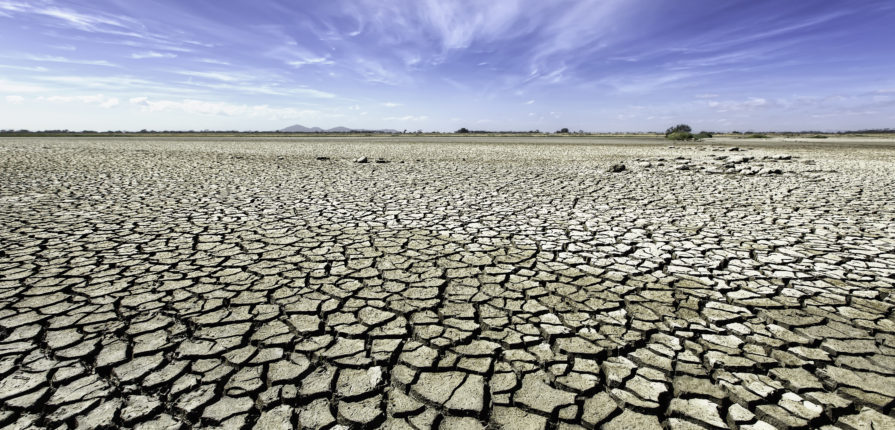By Alnoor Amlani FCCA – Director – The CFOO Centre in Nairobi, Kenya
This article was first published in the April 2019 Africa edition of Accounting and Business magazine.
The natural characteristics and development of countries in Africa make their economies heavily dependent on agriculture and minerals. While sub-Saharan Africa is far from being the world’s biggest contributor to greenhouse gases and hence climate change (see ‘Africa shapes its own green financing destiny‘), it is undoubtedly among its biggest victims. Now, some African countries are taking steps to mitigate the risk of damage caused by climate change and related environmental risks.
In 2017 Nigeria became the first country in Africa to issue a sovereign green bond, following in the footsteps of Poland, France and Fiji. Nigeria’s five-year, 10.7bn Naira (US$30bn) bond, issued to fund renewable energy projects, was listed on the Nigerian Stock Exchange in mid 2018. Following its success, a second bond is due to be issued later this year.
Also in 2018, the African Development Bank (AfDB), which set up a green bonds framework as early as 2013, successfully issued its seventh green bond. The dual-tranche affair consisted of a US$500m three-year fixed-rate bond and a US$100m two-year floating-rate bond.
Ashley Schulten, head of responsible investing for global fixed income at BlackRock, says: ‘AfDB’s green bonds enable our clients to invest in high-quality renewable energy projects like solar and wind farms in Africa through a familiar fixed-income offering. The global climate benefit of this type of infrastructure build is significant and drives at the spirit of what the green bond market was built to accomplish.’
Kenya has got in on the act too. Earlier this year its Capital Markets Authority (CMA) and the Nairobi Securities Exchange (NSE) launched legal and regulatory frameworks to facilitate a green bond. The national electricity generator KenGen has expressed keen interest, as have a number of unnamed banks.
Under the regulatory frameworks, funds must be invested in projects and assets that benefit the environment, and expressly exclude fossil fuel projects and the like. An annual report detailing the environmental impact of the funds invested must also be sent to bondholders, and an external review mechanism is in place.
Mark Napier, director of Financial Sector Deepening Africa (one of the organisations that launched the Kenyan programme), says: ‘The new green bond guidelines provide confidence to investors and certainty to issuers of green bonds in Kenya… It is a milestone for the green bonds market in Africa.’
According to the programme’s annual report for 2018, the global green bond market rocketed from US$155.5bn worth of issues in 2017 to an estimated US$250bn–US$300bn in 2018.
It is laudable that Africa is actively participating in this growth. Its massive untapped potential in solar, wind, geothermal and other green energy technologies, as well as the huge immediate opportunity in the urban transport sector, now has a new and exciting source of finance – in Africa.


